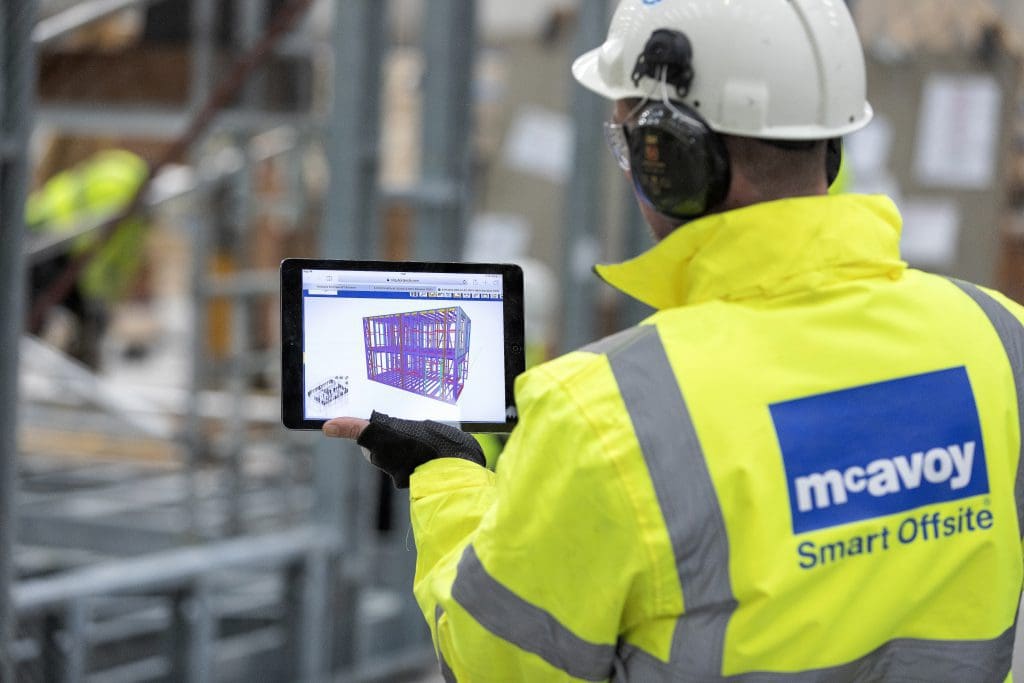We’re proud to be at the forefront of innovation in the offsite industry so we’re delighted that circa £2.9 million has been secured via UKRI for the £5.6m SEISMIC II project, building further on the successes of the first initiative.
Launched in 2018, SEISMIC demonstrated how a standardised light steel frame could change the way new schools are designed and constructed. With the additional funding from the Industrial Strategy Challenge Fund for SEISMIC II, the system will also encompass the production of wall, floor, ceiling and roof components that are all completely interoperable.
McAvoy plays a key role within the SEISMIC consortium, which also includes offsite project integrator, Blacc Ltd; Elliot Group; Tata Steel, The Manufacturing Technology Centre; Active Building Centre and the National Composite Centre.
Government procurement is set to shift from traditional construction methods to MMC – SEISMIC II will demonstrate how this shift can happen, while meeting the government’s ‘Construction 2025’ vision of lower costs and emissions, faster delivery and an increase in exports from the industry.
David Clark, Manufacturing Director at The McAvoy Group, said: “We’re very proud of our work with the SEISMIC consortium. It will facilitate significant improvements in the way school buildings are delivered – it’s now possible to deliver projects with up to 50% lower emissions and 33% lower costs, without compromising at all on design. We’ve made significant progress within a short timeframe and we look forward to working together to progress SEISMIC II.”
Originally intended for school construction, SEISMIC II has drawn interest from the healthcare, commercial and residential sectors. The completed demonstrator building will be a template for high performance buildings of all types, delivered using high quality, reliable, standardised components.
Most traditional UK construction relies on bespoke systems created by individual manufacturers, but a lack of standardisation means different systems are incompatible, causing errors, delays and defects. The SEISMIC II project will draw on technology used in the aeronautical and automotive industry, which has long been the standard bearer for streamlined production and component assembly. It will demonstrate how similar principles can be applied effectively within the construction industry.
Along with improving the offsite production processes for projects using MMC, SEISMIC II will also look at the whole life performance of the buildings produced that way.

